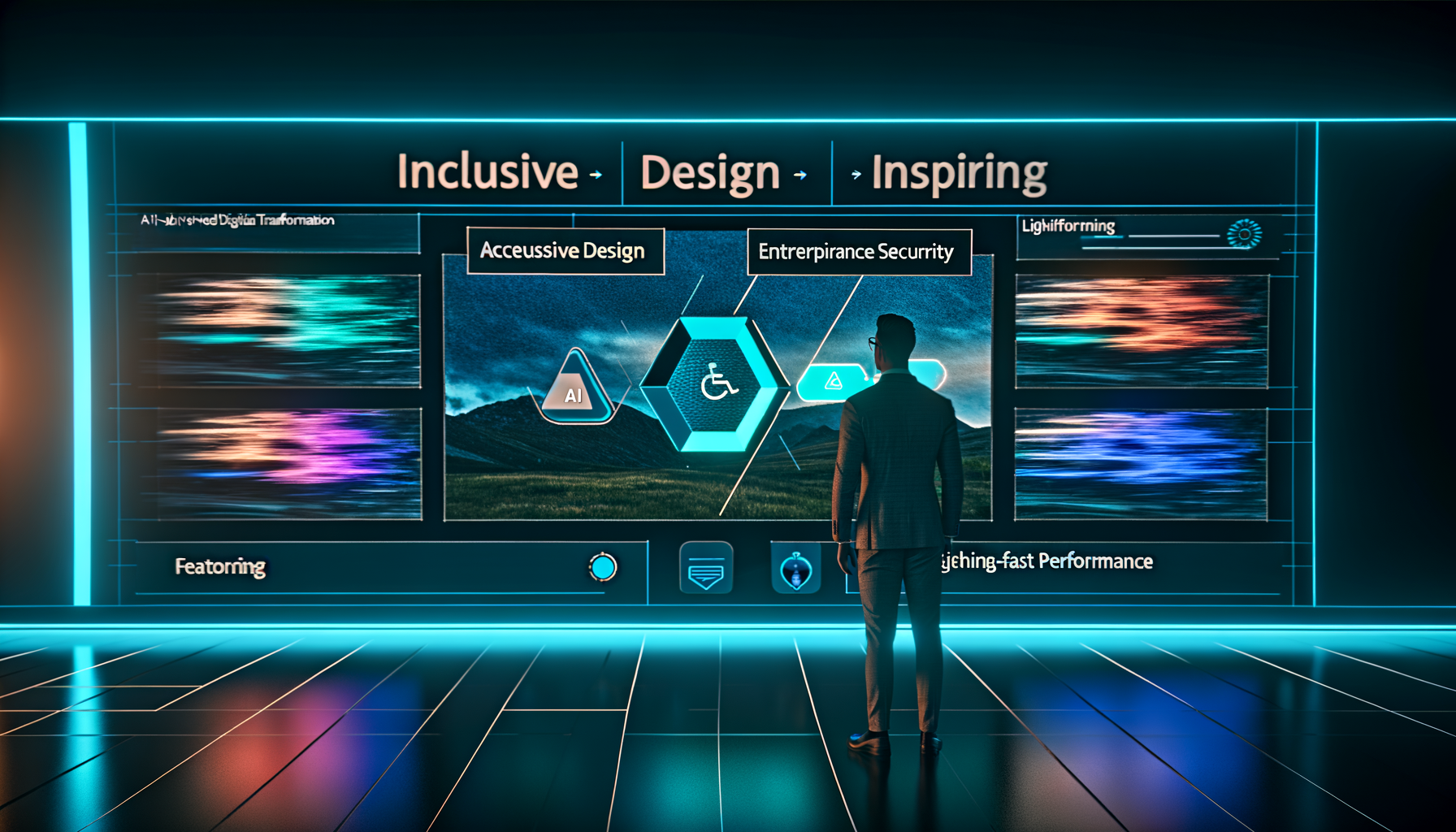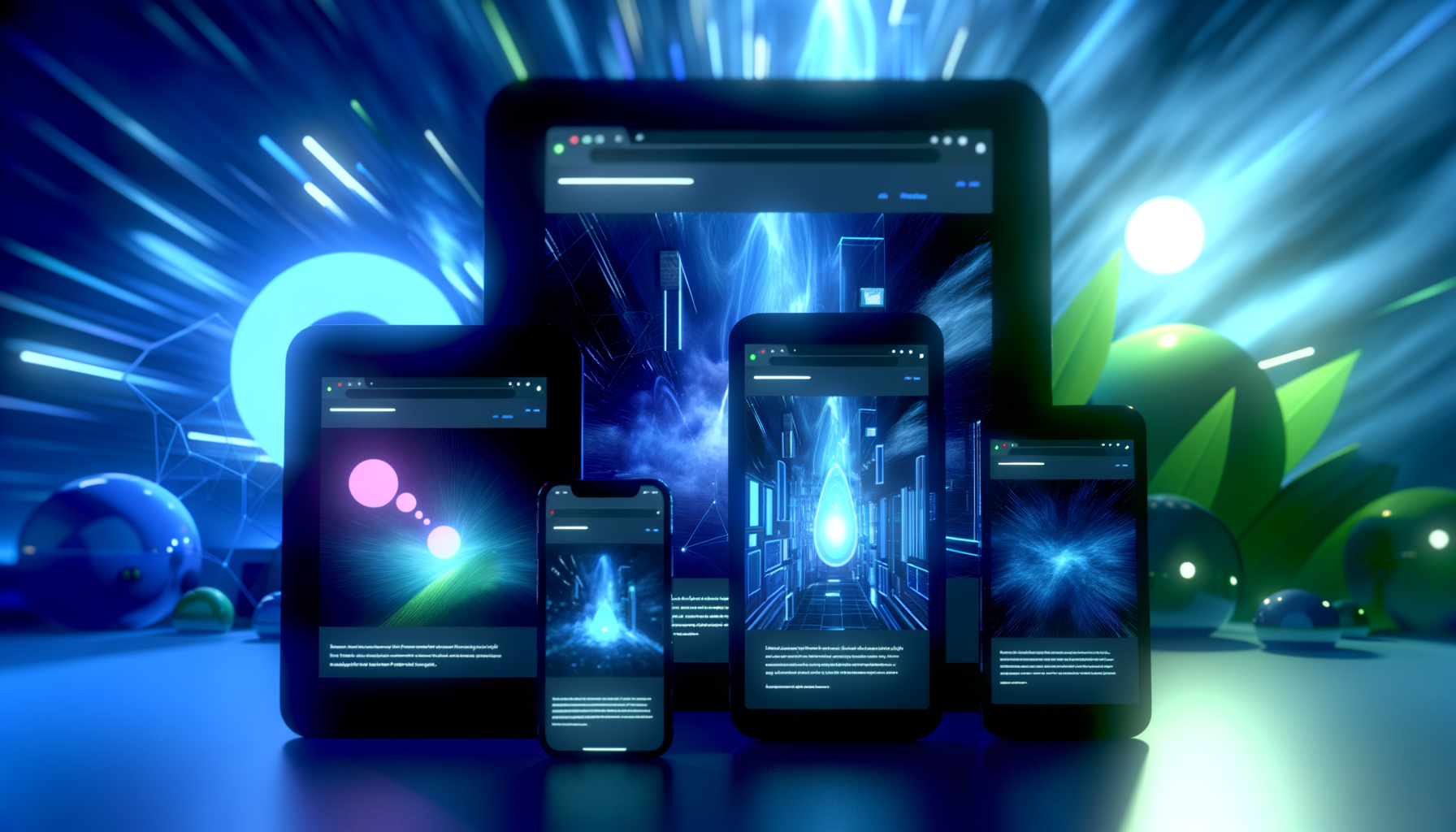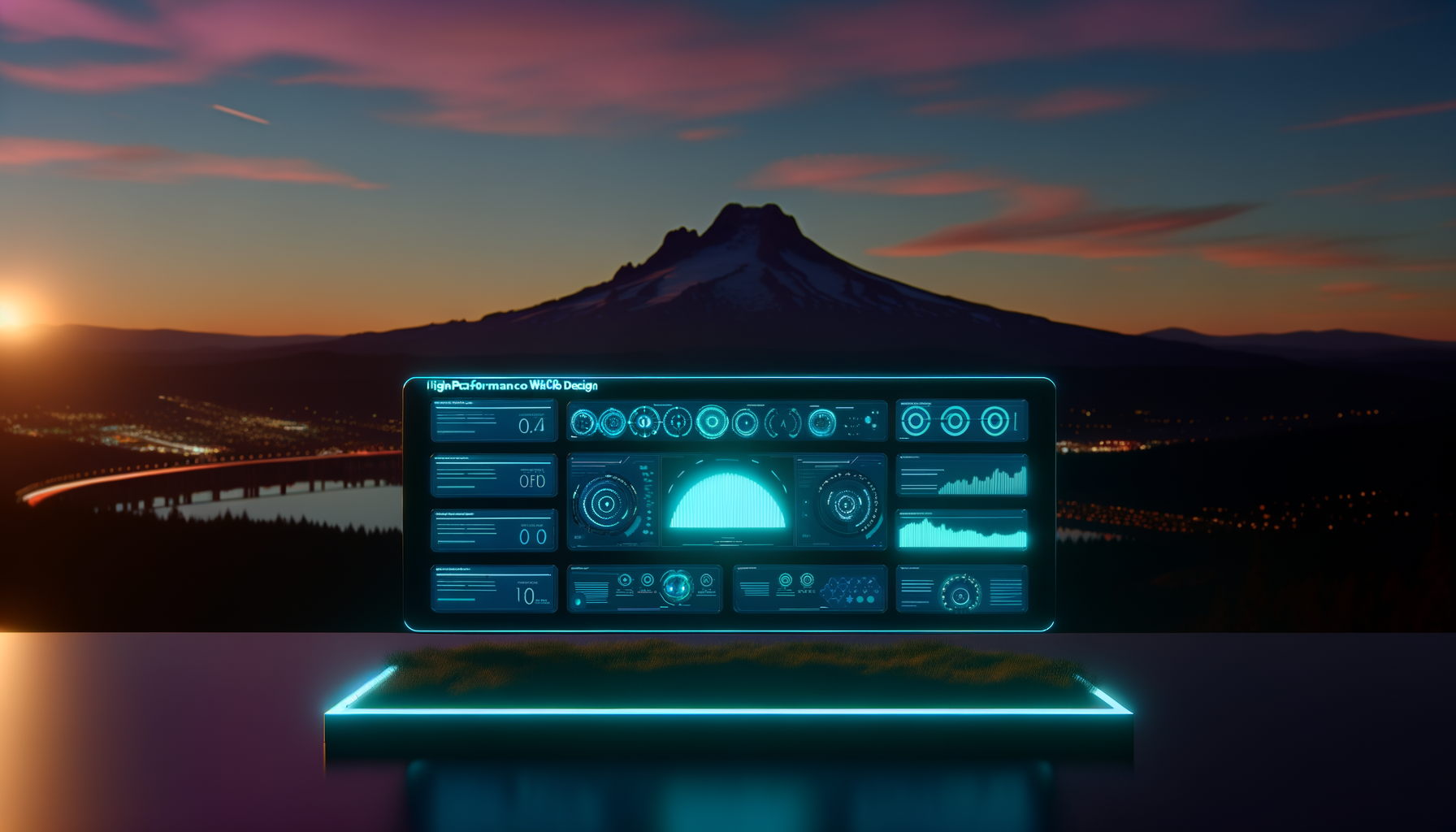In today’s digital era, a high-performance website is your business’s front line. Did you know that a one-second delay in page load can reduce customer satisfaction by 16%? For CTOs, CIOs, and marketing leaders, the mission is clear: design websites that are fast, functional, and future-proof. In this guide, we’ll explore key strategies for sub-second load times, leveraging AI for personalization, and integrating headless CMSs to ensure scalability and security.
The Importance of Speed

A stopwatch with a digital interface displaying optimal load times.
Speed is no longer a luxury—it's a necessity. Studies show that 53% of mobile site visitors leave a page that takes longer than three seconds to load. With the introduction of Core Web Vitals by Google, site performance directly impacts SEO rankings.
Incorporating technologies like lazy loading, efficient caching, and content delivery networks (CDNs) can significantly enhance load times. For example, lazy loading defers the loading of non-critical resources until they are needed, saving bandwidth and improving user experience.
Optimization isn't just about speed; it's about creating an experience where users feel instantly connected to your brand. Remember, every second saved equals a stronger customer connection.
CALLOUT
53% of users abandon sites that take 3+ seconds to load.
AI-Driven Personalization

AI-driven personalization interface showing customized user experiences.
AI isn't just a buzzword—it's the backbone of modern personalization. By analyzing user data in real-time, AI can tailor content to individual preferences, increasing engagement and conversion rates.
Consider AI-driven chatbots that provide 24/7 customer service, or recommendation engines that suggest products based on browsing history. These tools not only enhance the user experience but also help in gathering valuable insights for future strategies.
Integrating AI requires careful planning and execution. Quicklook specializes in embedding AI seamlessly into business processes, ensuring that your personalization efforts are both effective and efficient.
LIST
- •24/7 AI chatbots
- •Personalized product recommendations
Headless CMS: The Future of Scalability

Diagram showing headless CMS architecture connecting multiple devices.
Headless CMS architecture separates the backend from the frontend, offering unmatched flexibility and scalability. This decoupled approach allows for content to be pushed to any device, from smartphones to smartwatches, without needing multiple codebases.
For organizations facing rapid growth or those with complex digital ecosystems, a headless CMS ensures that content management is efficient and adaptable. It's especially beneficial for businesses aiming for an omnichannel presence.
Quicklook's headless CMS solutions empower your team to innovate without the constraints of traditional systems, paving the way for a truly agile digital strategy.
QUOTE
A headless CMS transcends the limitations of traditional systems.
Designing for Accessibility

Inclusive design interface with accessibility features highlighted.
Incorporating accessibility in design is not just a legal obligation, but a business advantage. An accessibility-first approach broadens your audience reach and enhances user satisfaction.
Elements such as keyboard navigation, voice search optimization, and clear contrasting colors ensure inclusivity. Not only does this cater to users with disabilities, but it also improves the overall usability for everyone.
Adopting these practices can enhance SEO performance as well, since search engines favor sites that are user-friendly and accessible.
LIST
- •Keyboard navigation
- •Voice search optimization
Progressive Web Apps: The Next Frontier

PWA user interface displayed on various mobile devices.
Progressive Web Apps (PWAs) are revolutionizing how we think about mobile experiences. They combine the best of web and mobile apps, offering offline capabilities, push notifications, and improved reliability.
For companies looking to expand their mobile presence without developing separate apps for different platforms, PWAs provide a cost-effective solution that doesn't compromise on performance.
Quicklook's approach to PWAs ensures that your business leverages these technologies to deliver seamless, engaging, and high-performance experiences across all devices.
CALLOUT
PWAs blend web reach with app functionality, enhancing user engagement.
Frequently Asked Questions
QWhat are the top web design trends for 2025?
QHow can AI enhance website personalization in modern design?
QWhy is accessibility important in high-performance website design?
Conclusion
Incorporating speed, personalization, scalability, accessibility, and innovation into your website design sets your business apart in a competitive market.
Future Vision
As technology evolves, so too should your strategies for engaging customers online.
Schedule your AI audit with Quicklook.
